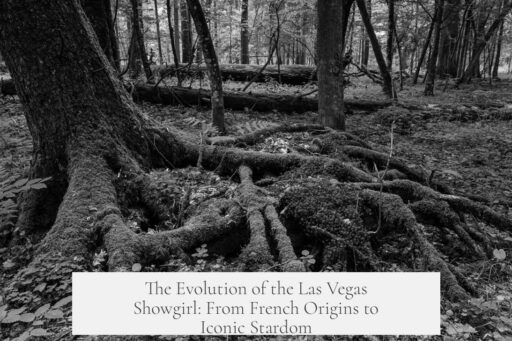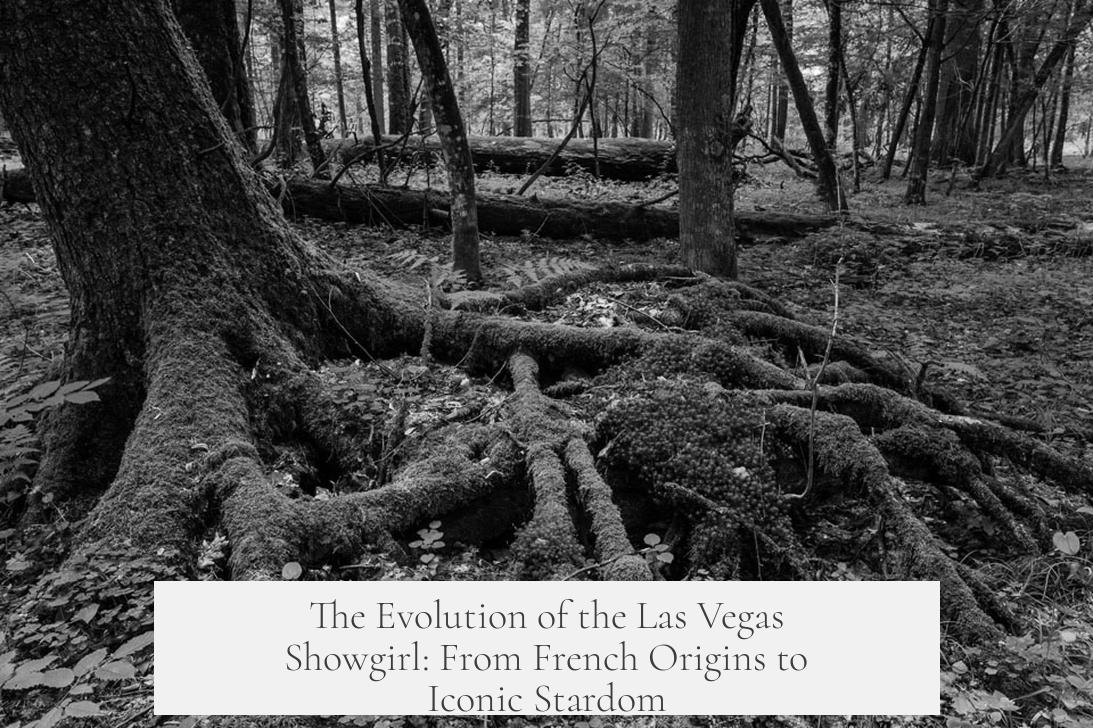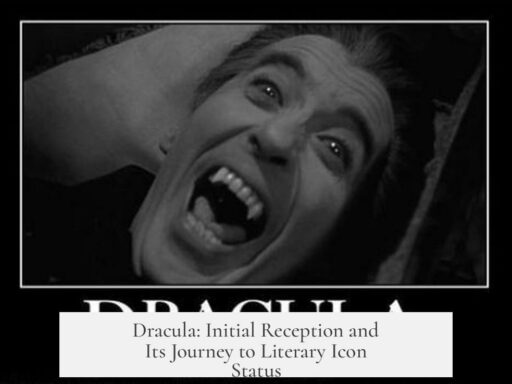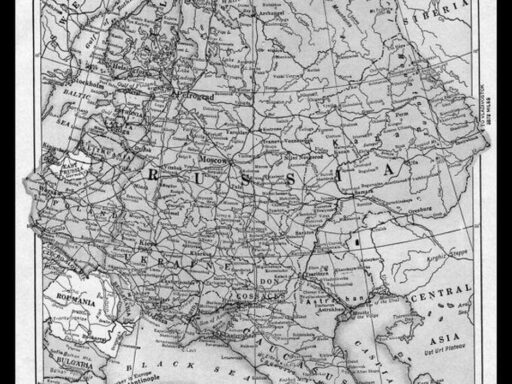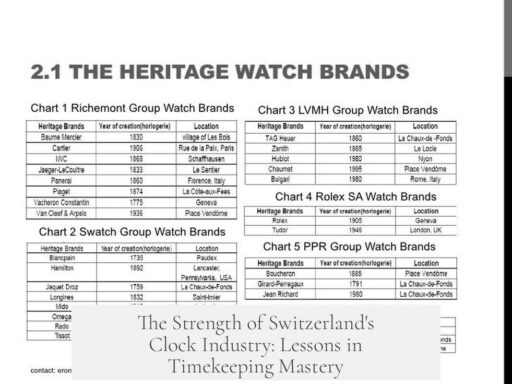The history of the Las Vegas showgirl begins with European roots, evolving through American entertainment influences to become a defining icon of Las Vegas entertainment from the 1940s through the early 21st century.
The showgirl tradition traces back to France, where venues like the Folies Bergere and Moulin Rouge introduced can-can dancers in the late 1800s. By the early 1900s, these French clubs developed more risqué revues featuring nude acts by 1918. These extravagant shows combined beautiful chorus lines, elaborate costumes, and theatrical performances.
American productions took inspiration, notably the Ziegfeld Follies (1907-1936) in New York. These revues mimicked the French style with high production values, chorus girls in dazzling outfits, singing, and comedy interludes. However, local decency laws prevented nudity, distinguishing the American shows from their French counterparts.
Before Las Vegas became a famed entertainment hub, it was a small railroad town between Los Angeles and Salt Lake City. From 1931 to 1933, the Hoover Dam construction brought workers and growth, transforming Vegas into a lively gambling and entertainment destination. Legal gambling and prostitution combined to create an atmosphere ripe for show business.
The very first Las Vegas showgirls appeared at El Rancho Vegas in 1941. This resort was the model for future casino-hotels, featuring amenities such as pools, restaurants with dance floors, and entertainment programs. The El Rancho Starlets performed as chorus dancers between main acts. Their style was modest: no flamboyant headdresses or nudity yet, just a chorus line vibe. The George Moro dancers introduced themed costumes like dice motifs, adding playfulness.
After World War II, Las Vegas expanded rapidly, aided by the Rat Pack’s celebrity presence and significant investment, including ties to organized crime. Hotels flourished along what became known as the Strip, each seeking grander shows to attract gamblers.
In 1957, Harold Minsky brought his New York cabaret and burlesque expertise to Las Vegas, opening a topless revue at the Dunes hotel. This show leaned more into burlesque traditions, with performers like Tempest Storm, a renowned burlesque artist. Costumes in this era could be revealing, such as sheer body stockings with minimal coverage.
French influence returned strongly with Donn Arden, a dancer and choreographer who transported the sophisticated style of Paris’ famed Lido nightclub to Las Vegas. Arden opened the Lido de Paris show at the Stardust hotel around 1958. He became known as the father of the Las Vegas showgirl, setting strict standards: dancers had to be at least 5’8” tall, have small natural breasts, rigorous dance training, and a distinctive sensual walk emphasizing hip rotation.
Competition between French-inspired shows increased, notably the Folies Bergere opening at the Tropicana. Between the 1950s and 1990s, showgirl costumes grew more elaborate. Rhinestones, feathers, and towering headdresses became essential. Interestingly, some Las Vegas showgirls wore more coverage than earlier topless revues, with costumes evolving to swirling spandex, sequins, and thematic designs.
Designers like Bob Mackie and Pete Menefee played a significant role in escalating costume extravagance. Their work on productions such as ‘Hallelujah Hollywood’ (1974) and ‘Jubilee!’ (1980) exemplified the peak of the showgirl aesthetic: massive feathered headdresses combined with shiny, ornate costumes perfectly fitting the 1980s style.
However, by the 21st century, traditional Las Vegas showgirl revues began to fade. ‘Jubilee!’, one of the longest-running and most iconic shows, closed in 2013, marking an end to full-scale showgirl productions. Modern shows sometimes feature showgirl-style dancers, but costumes and physical requirements have relaxed significantly. The era of the classic Las Vegas showgirl, with elaborate costumes and rigorous performance standards, remains a defining chapter in Vegas entertainment history.
- Showgirls originated from French cabaret and American revues.
- Las Vegas showgirls began in 1940s casino-resorts, evolving with the Strip’s growth.
- Donn Arden professionalized the role in the 1950s, influencing standards.
- Costumes evolved from simple chorus line attire to elaborate rhinestones and feathers.
- Full revues ended in 2013; modern shows include showgirl-inspired segments with less stringent demands.
The History of the Las Vegas Showgirl: From French Roots to Glittering Legends
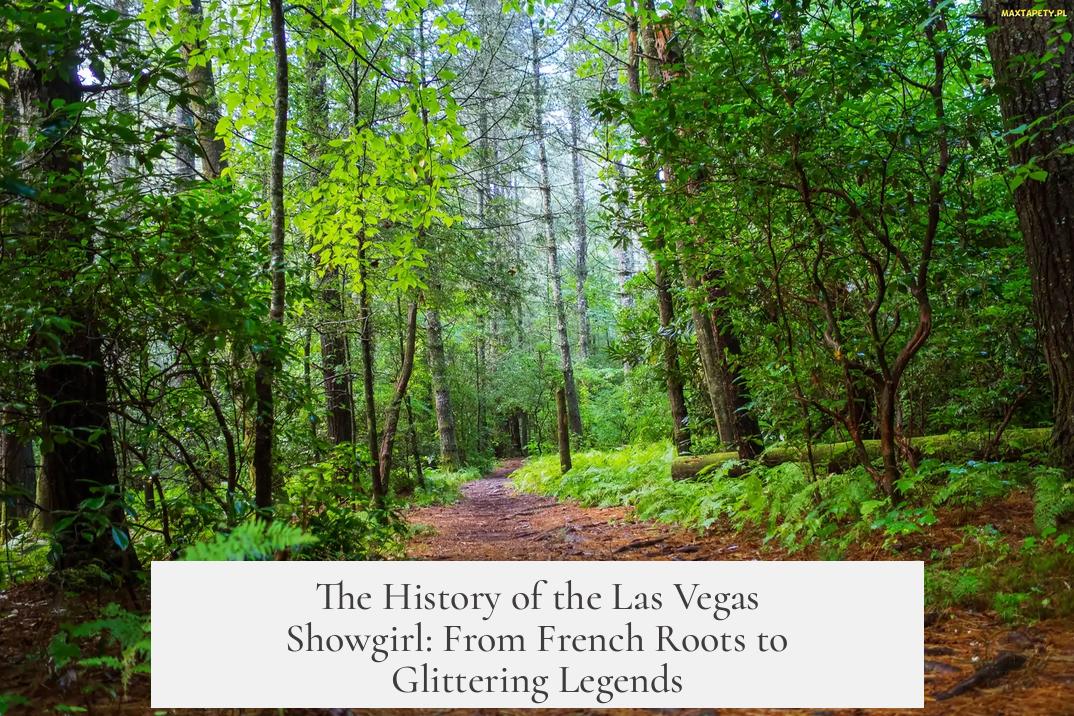
Want to know the story behind the iconic Las Vegas showgirl? Buckle up, because it’s a dazzling journey that starts in 19th-century France and ends on the bright, flashing Strip — though with a twist at the end you might not expect.
Let’s dive into the sparkling legacy of the Las Vegas showgirl, a symbol of glitz, glamour, and a bit of cheeky flair.
French Beginnings: Where It All Started
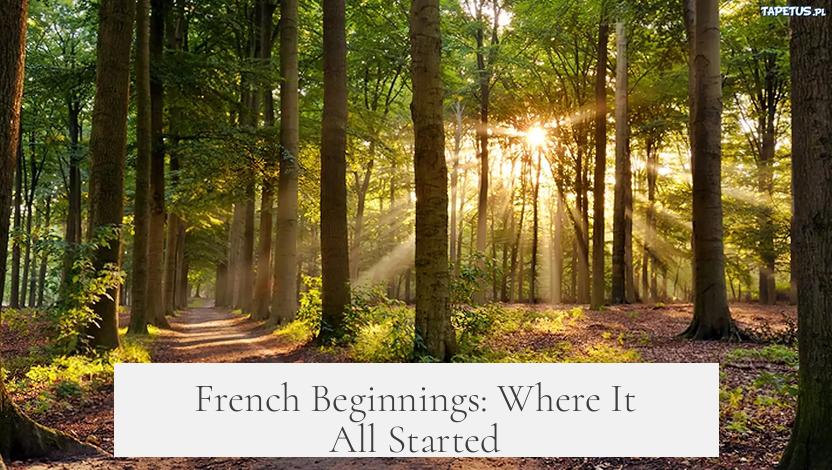
Believe it or not, the legendary Las Vegas showgirl traces her roots back to France. The Folies Bergere and the Moulin Rouge in Paris are the original stomping grounds. These venues, famous for their can-can dancers in the late 1800s, gradually pushed boundaries. By 1918, the Folies Bergere was already showcasing nude acts—a shocker for the era and a direct ancestor of later Vegas showgirls.
Americans caught a taste of this spectacle through the Ziegfeld Follies in New York (1907-1936). Though the Follies never went fully nude due to decency laws, they dazzled audiences with lavish costumes and large choruses of beautiful women. It was like a blockbuster Broadway revue meets high society meeting the spotlight.
Las Vegas Before the Showgirls: The Quiet Train Town
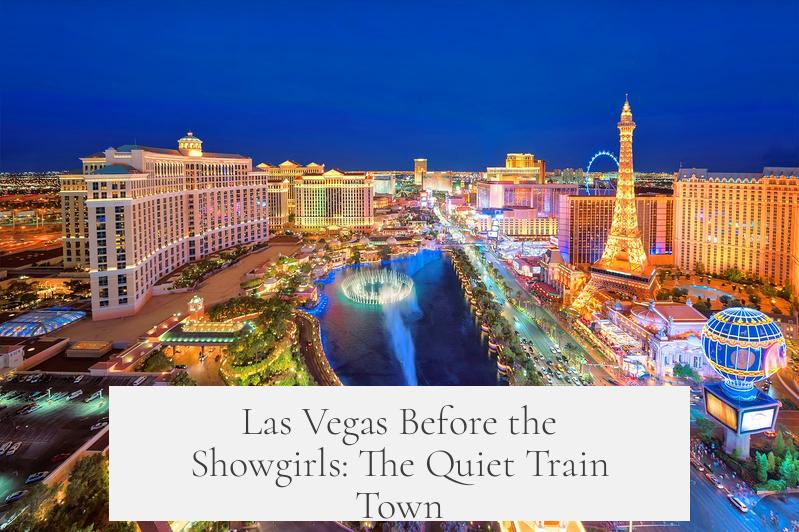
Before the feathered headdresses and glimmering costumes, Las Vegas was a quiet pit stop—just a train station between Los Angeles and Salt Lake City. Gambling and prostitution were legal, but the town wasn’t yet the nonstop party we know today.
The game-changer? The construction of the Hoover Dam between 1931 and 1933. This mega-project brought workers, money, and demand for entertainment. Suddenly, Las Vegas started shedding its sleepy image and embraced gaming and nightlife. Casinos appeared, though initially more like gambling halls than the giant resorts that later defined the Strip.
1940s: The Birth of Las Vegas Showgirls

The El Rancho Vegas opened in 1941 and marked a major shift. This resort included pools, restaurants, and crucially, a dance floor for performances. The El Rancho Starlets filled the gaps between headline acts and became the first true Las Vegas showgirls. Their performances were more chorus line than risqué spectacle—no extravagant headdresses or nudity yet.
Soon, groups like the George Moro dancers pushed the envelope by adding cheekier dice-themed costumes. But the era still emphasized a polished, wholesome line dance troupe vibe rather than the full-on sexy spectacle.”
The Rat Pack, Mob Money, and the Rise of the Showgirl
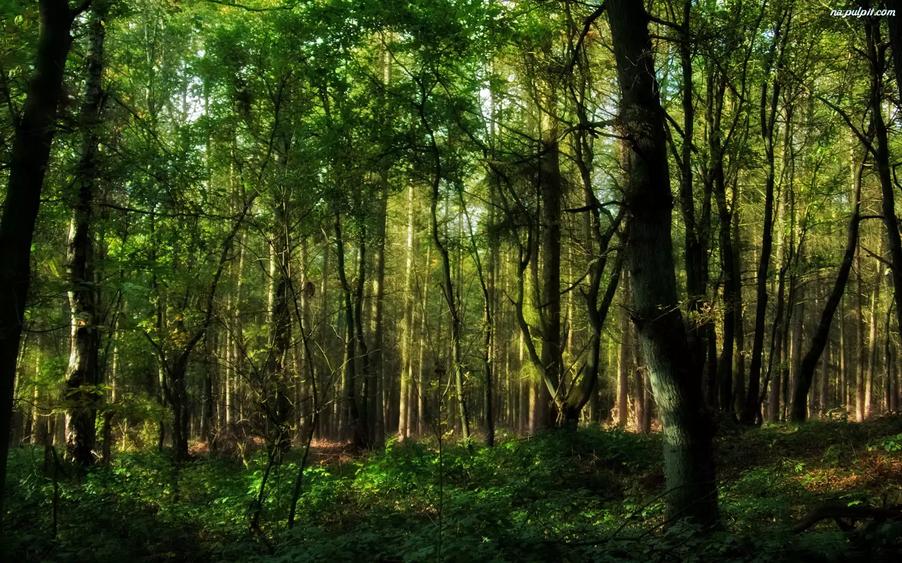
The post-World War II years brought a surge in cash flow, largely thanks to mob investments. Entertainment became the hook to draw gamblers inside. This period saw casinos sprouting along Highway 91, now the famous Strip, each trying to outdo the last with luxuries and eye candy.
Showgirls, too, evolved during this time. Larger productions demanded bigger showgirl troupes and flashier costumes. But the pièce de résistance arrived in 1957, courtesy of a New Yorker with a taste for burlesque.
1950s: Harold Minsky, the Topless Revue and Burlesque Influence

Harold Minsky, seasoned in cabaret and burlesque, launched a topless revue at the Dunes Hotel in Las Vegas. The 1958 show even featured burlesque legend Tempest Storm. Minsky’s performances pushed beyond the chorus line tradition and leaned into burlesque’s sensual roots.
Costumes ranged from sheer body stockings to tiny shells for coverage—a far cry from the more modest El Rancho Starlets. Some of these iconic costumes are preserved in the University of Nevada – Las Vegas Digital Collections, a treasure trove for showgirl historians.
The French Connection: Donn Arden and the Stardust Stardom
Meanwhile, across the Atlantic in 1946, France saw the opening of the Lido nightclub, recruiting the famed Bluebell Dancers from Folies Bergere. Ten years later, Donn Arden, a dancer and choreographer from this scene, brought an elevated showgirl sophistication to Las Vegas’s Stardust Hotel.
Donn Arden is widely considered the “father of the Vegas showgirl.” He set strict standards—showgirls needed natural small breasts, a commanding height of at least 5 feet 8 inches, and professional dance training. His choreography gave showgirls a distinctive “float” and hip rotation that made them glide seductively across the stage.
Competition and Costume Extravagance
The Folies Bergere soon brought a competing show to the Tropicana, sparking a rivalry that fueled creativity and flair. Showgirl costumes from the 1950s through the 1990s became increasingly dazzling. Rhinestones multiplied. Feathers grew bigger. Headdresses ballooned to epic sizes.
Interestingly, some dancers were more covered by the 70s and 80s than those early burlesque shows. The sheer body stockings gave way to swirling spandex and elaborate designs. This was glitz taken to the extreme, mixing tradition with 80s flair.
Milestone Designers: Bob Mackie and Pete Menefee
Enter costume legends Bob Mackie and Pete Menefee. Their iconic designs for shows like 1974’s ‘Hallelujah Hollywood’ and 1980’s ‘Jubilee!’ took showgirl couture to breathtaking heights. The feathers, rhinestones, and headpieces became almost cartoonishly over-the-top—but in the best way.
The Fall of the Classic Showgirl Revue
Despite decades of grandeur, the traditional showgirl revue came to an end with the closing of ‘Jubilee!’ in 2013. Today, no major Las Vegas productions have full-scale showgirl revues or true showgirls as they were known.
Some newer shows like ‘V The Ultimate Variety Show’ include a nod to showgirls but without the strict costume rules or physical demands. The era of the towering feather headdresses and perfectly choreographed hip walks has quietly passed.
So What Does This History Teach Us?
The Las Vegas showgirl evolved from French cabaret dancers to American chorus lines and finally into a unique symbol of Vegas nightlife and glamour. Her story is a mirror of show business, societal norms, and entertainment trends. It highlights how culture, business, and spectacle intertwine to create a lasting icon.
Next time you see a photo of a glittering, feathered showgirl, remember—she’s a descendant of cheeky French can-can girls, New York chorus queens, and daring burlesque performers. Plus, a little mob money didn’t hurt.
Is the showgirl simply a relic, or might Vegas someday revive this spectacle with a modern twist? Only time (and lots of sequins) will tell.
What inspired the creation of the Las Vegas showgirl tradition?
The Las Vegas showgirl tradition was inspired by French nightclub performances like the Folies Bergere and the Moulin Rouge. American productions such as the Ziegfeld Follies also shaped early showgirl styles.
When did showgirls first appear in Las Vegas casinos?
Showgirls first appeared at El Rancho Vegas in 1941 as a chorus line called the El Rancho Starlets. Their costumes were simple, with no big headdresses or nudity yet.
Who is considered the father of the Las Vegas showgirl, and what did he contribute?
Donn Arden is considered the father of the Vegas showgirl. He brought French sophistication from the Lido de Paris to Las Vegas and set standards for height, dance training, and stage presence.
How did showgirl costumes change over time in Las Vegas?
Costumes evolved from simple lines to elaborate designs with feathers, rhinestones, and massive headdresses. Designers like Bob Mackie pushed costumes to new extremes in the 1970s and 80s.
Why did traditional Las Vegas showgirl revues end?
The last traditional revue, ‘Jubilee!’, closed in 2013. Changing entertainment tastes and production costs led to the decline of full showgirl productions.
Are showgirls still part of Las Vegas entertainment today?
Today, some shows include showgirl segments, but they lack the strict costume and performance standards of past revues. Full-scale showgirl productions no longer exist.
